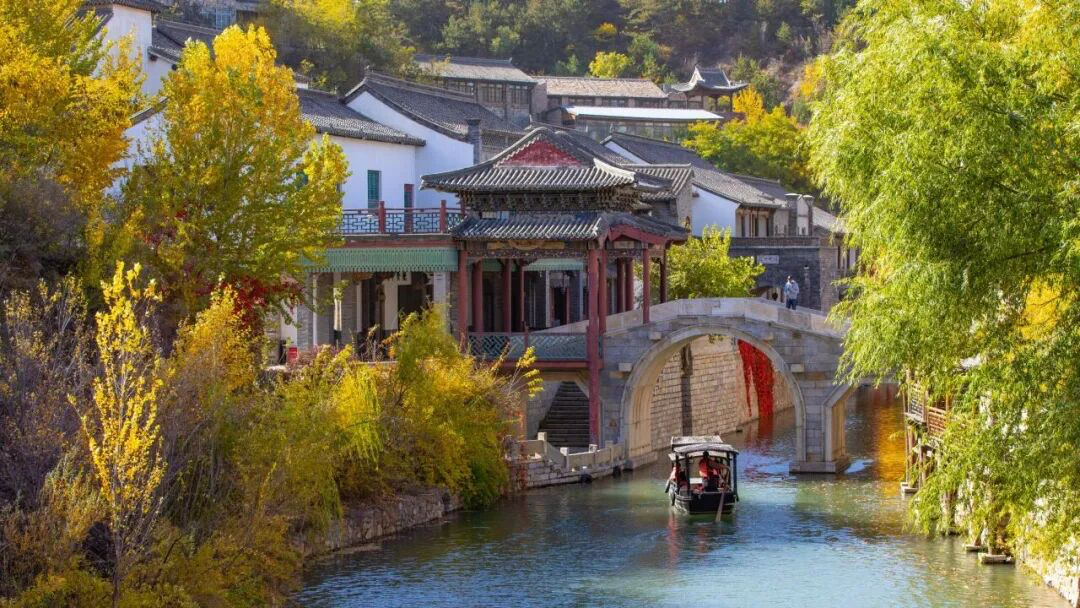The Chairman Mao Memorial Hall (simplified Chinese: 毛主席纪念堂), commonly known as the Mausoleum of Mao Zedong or the Mao Mausoleum, is the final resting place of Mao Zedong, chairman of the Politburo of the Communist Party of China from 1943 and the chairman of the Central Committee of the Communist Party of China from 1945 until his death in 1976.

Though Mao had been one of the first senior officials to sign the Proposal that all Central Leaders be Cremated after Death in November 1956, his body was embalmed and construction of a mausoleum began shortly after his death. The mausoleum is located in the middle of Tiananmen Square in Beijing, the capital of China. It stands on the previous site of the Gate of China, the southern (main) gate of the Imperial City during the Ming and Qing dynasties.
Mao's remains are on display for public viewing (though some claim this is a wax sculpture placed over the actual body). People line up for hundreds of meters every day to see the former chairman, many paying tribute to him with flowers that can be purchased at the entrance on the north side. The mausoleum is open every day from 8:00 a.m. to 12:00 p.m. (7:00 a.m. to 11:00 a.m. from July 1st to August 31st) to both Chinese and foreign tourists. Admission is free and is staffed by honor guards. As with most mausoleums, strict rules are enforced for visitors which includes no talking, no smoking, no photography or videotaping Mao's casket or any place inside the building, as well as a dress code of all headgear being removed (for men) and no shorts or miniskirts worn.
Construction
The mausoleum was built soon after Mao's death on September 9, 1976. The groundbreaking ceremony took place November 24, 1976 and the mausoleum was completed on May 24, 1977. Hua Guofeng, who supervised the mausoleum project, has his handwriting on the mausoleum's sign.

People throughout China were involved in the design and construction of the mausoleum, with 700,000 people from different provinces, autonomous regions, and nationalities doing symbolic voluntary labour. The mausoleum was closed for renovations for nine months in 1977 before reopening on September 20th.
Visits
Mao Zedong's surviving family members always visit the mausoleum annually on Mao's birthday and the day he died. According to one of Mao's granddaughters, Kong Dongmei (孔东梅), Mao's third wife He Zizhen was initially banned from visiting the mausoleum, for reasons never explained by the Chinese government. After more than a year of repeated appeals and nearly two million people had already visited the mausoleum, she was finally allowed a single secret visit with heavy restrictions: she was not allowed to cry or make any noise inside and not talk to the press about the visit. She was allowed to be photographed with her ex-husband's statue in the mausoleum by Lu Xiangyou (吕相友), Mao's personal photographer since the late 1950s.
Dr. Xu Jing (徐静), one of the designers involved in the mausoleum's construction, later wrote about the process in The Place Where A Great Man Rests as well as listing the visits of important people to the mausoleum. However, his own visit on September 8, 1979 was barred from the book, by order of the Chinese government, again for reasons never explained.



